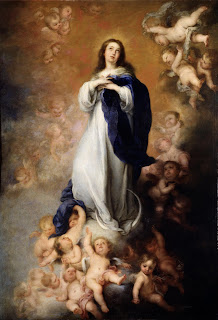I'm a big fan of professional cycling and am gearing up (get it?) for the 98th Tour de France (July 2 - 24).
In the spirit of cycling season, I'd like to share some bicycle images from the museum's collections.
A young man with his high-wheel bicycle in Lake Forest, circa 1880. LCDM 75.24.1.g
The front wheel of these unusual bicycles became larger as makers realized that the larger the wheel, the faster you could travel.
The high-wheel bicycle enjoyed a great popularity among young men of means (they cost an average worker six month's pay). They were extremely popular in the 1880s, despite being dangerous to ride. Glass negative, Lake County location unknown, circa 1880. LCDM 93.32.146
The next innovation in cycling (shown above) allowed the rider to travel at a speed the same as the huge high-wheel bicycles. The bicycles still had the hard rubber tires, but did not have the long, shock-absorbing spokes of the high-wheel bikes, making the ride much more uncomfortable. Glass negative, Lake County location unknown, circa 1890. LCDM 93.32.111.
Bicycling was one of the few activities during the late 19th century for which women could wear trouser-style garments. Though it is difficult to tell in this photograph (above), these women may be wearing "divided skirts" that were designed for mobility as well as modesty. Photo, circa 1885. LCDM
Real photo postcard of John Hesse at St. John's Place, Farnsworth Farm north of Wauconda, 1909. LCDM 98.11.4.
"When I see an adult on a bicycle, I do not despair for the future of the human race." - H.G. Wells.
"Deborah and Tom" students of the Swan School in Fremont Township, 1952. LCDM 93.6.19.
The kid's bike (shown above) was introduced after the First World War by several manufacturers, including Mead, Sears Roebuck, and Montgomery Ward, and Schwinn slightly later. These bikes revitalized the bike industry and featured fabulous automobile and motorcycle elements. By the mid-1950s, kid's bikes had taken on design elements of jet aircraft and rockets, but became much simpler in design by the 1960s.
"Safety Class at Fort Sheridan, October 10, 1965." Sergeant George Stacey of the 204th Military Police Company shows members of a Fort Sheridan Girl Scout Troop how to affix reflector-type safety tape to their bicycles. The distribution of the safety-tape is part of a bike safety class given to youth groups by members of the military police company. U.S. Army photo by SP-5 Parzych. LCDM 92.24.731
"Bicycle Marathon Preparation, September 25, 1970." Almer Schmidt checks brakes in preparation for the bicycle marathon to be held at Fort Sheridan, 16-17 October. U.S. Army photo by SP-5 Wells. LCDM 92.24.744.
Good luck to all the cyclists, professional and recreational. Stay safe!








































